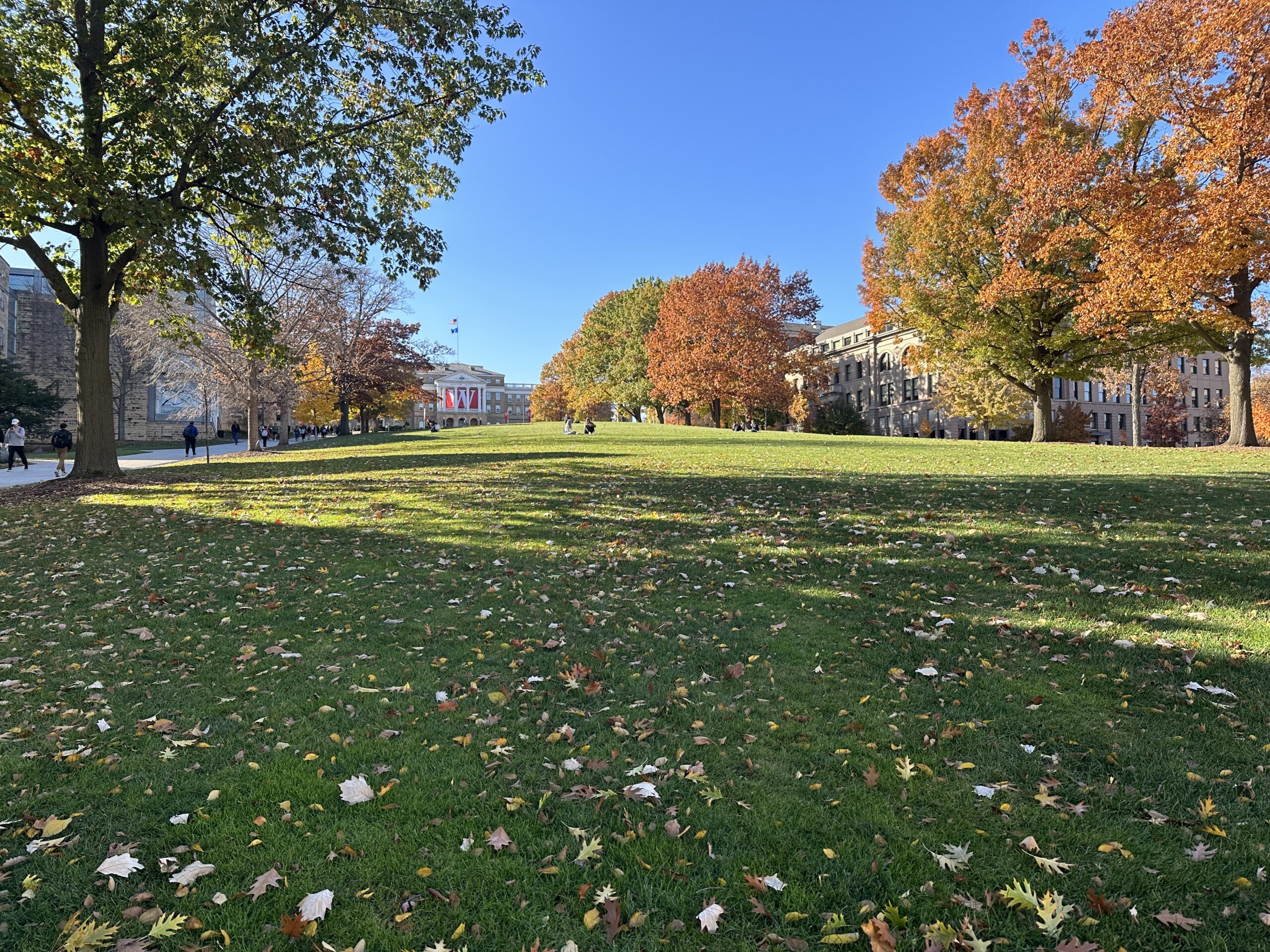Displaced and Tokenized: Indigenous students feel used by UW-Madison

By Ellie Nowakowski
An Instagram post made by UW-Madison was met with backlash when Indigenous students and allies used the comment section to criticize the school as hypocritical.
In a series of Native November events, UW-Madison and Ho Chunk Nation’s Tribal Historic Preservation Officer Bill Quackenbush built a Ho Chunk dwelling called a ciiporoke near Dejope residence hall. The event was documented by the UW-Madison communications team who shared a video to Instagram.
The post went up the same day that UW-Madison disclosed master plans for a parking structure that would involve the demolition of the building which houses the Indigenous Student Center.
“It’s just another example of how they love to promote us but will never listen to us when our voice needs to flourish on a campus where their Indigenous student retention rate is barely above 50%,” said Sam Giguere, student at Edgewood College and Wunk Sheek member.
While the 2015 university master plan includes the demolition of the current Indigenous Student Center house, UW-Madison Director of Media Relations and Strategic Communications Kelly Tyrell emphasized that these plans are not final.
“The post celebrates the Ho-Chunk, whose ancestral land UW–Madison occupies, and members of University Communications were welcomed to produce a video about this dwelling, considered by the Ho-Chunk of Teejop to be a place of home, family, community, teaching, learning and ceremony,” said Tyrell. “It was shared to celebrate their culture and the importance of the place.”
The Instagram post documenting the event was filled with comments of criticism and hurt. Students noted the belief that their identities were being used as a marketing ploy by the university. By commenting, students and allies paint a more accurate picture of the university’s support, freshman and Indigenous student Marisol Dashnaw said.
“The university is saying one thing to the public and then other things to us,” Dashnaw said. “People should really be aware of the discrepancy in the university’s messaging to different groups of people before commending them for what they perceive to be strides and racial equity.”
Backlash wasn’t over the building of the ciiporoke, which initially seemed positive, said Giguere. Criticism comes from a place of feeling that the university is not meeting the practical needs of its Indigenous communities. Many of whom feel that having a space of their own is vital to the well-being of their community.
“It feels like the only thing the university knows how to do is displace,” Giguere said.
The university has promised to consider student input when considering moving forward with its plan of action. They are also committed to finding solutions to any disruptions to the house due to the construction of Levy Hall, a new campus building that will break ground in the new year. The building is next to the current Indigenous Student Center house.
“The university is engaging in campus conversation, including directly with students and others who might be affected by future changes, which also includes identifying students’ space needs and options,” Tyrell said.
Students also expressed a willingness to work with the university to find a viable solution. Though the Red Gym was offered as a potential alternative, the space will simply not cut it, Dashnaw said.
“We are happy to work with the administration if only they would extend the invitation,” Dashnaw said.
Indigenous students stand firm in their belief that a space of their own is vital to a flourishing Indigenous community at the university.
“Wunk Sheek is a place of resistance, Wunk Sheek is a home and Wunk Sheek feels like a community and it feels like that community is going to be taken away,” Giguere said.
